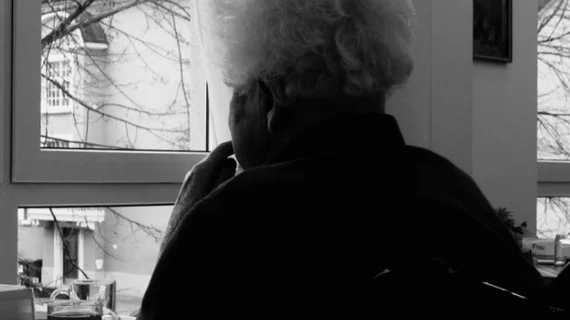New study calls ED imaging protocols for geriatric head injuries into question
The results of a new study are prompting questions pertaining to emergency department imaging protocols in geriatric patients who have sustained head injuries while on blood thinners.
Published in the Journal of Emergency Medicine, the new data suggest that admitting patients for observation and additional imaging to monitor for delayed intracranial hemorrhage (ICH) might often be unnecessary. [1]
Delayed ICH most often occur within 48 hours of the initial injury. For that reason, some providers will admit patients to the hospital for observation and an additional CT scan to check for bleeding, especially in patients who routinely take anticoagulants. Previous research has indicated instances of delayed ICH could be as high as 7.2% in this demographic, however, this latest study suggests these occurrences might actually be much lower.
For the study, experts analyzed data on patients ages 65 and older with acute head injuries who were treated at two emergency departments between August 2019 and July 2020. The team conducted follow-up phone interviews with the patients 14 and 60 days after their release from the hospital and did a chart review at 90 days.
Out of the 3,425 patients enrolled, 2,300 were not taking anticoagulants, while 249 (7%) took warfarin prior to the injury, 780 (22.7%) were on a direct acting oral anticoagulant and 96 (2.8%) were on enoxaparin or heparin.
Less than 7% of the patients were diagnosed with acute ICH and delayed ICH was observed in just 13 patients, or 0.4% of the cohort. The team did not identify any differences in the rate of delayed ICH between patients who were taking anticoagulants and those who were not, indicating that admitting patients to the hospital for observation and additional CT scans might be necessary, the authors suggest.
“If anticoagulated head trauma patients had this relatively high frequency of delayed intracranial hemorrhages previously reported, then routine repeat head CT scans in all cases at 24 hours would require a substantial change in current practice in emergency departments,” senior author Richard Shih, MD, a professor of emergency medicine at Florida Atlantic University’s Schmidt College of Medicine, notes. “Because of this controversial issue, our objective was to perform a larger prospective study to validate or refute these findings.”
Given the significant differences in instances of delayed ICH observed in this study, the group suggests that guidelines regarding observation and imaging protocols in this demographic could be revisited.
“Our data have important clinical implications for the management of blunt head trauma among older ED patients on anticoagulants.”
The study abstract can be viewed here.

